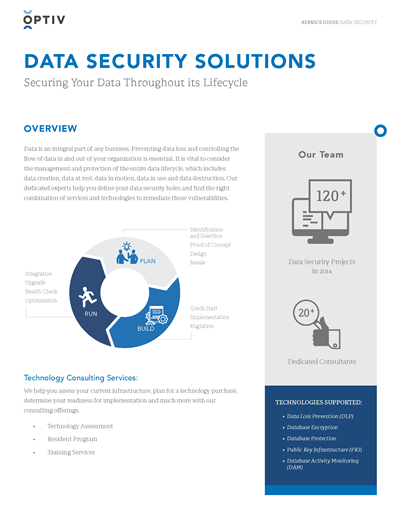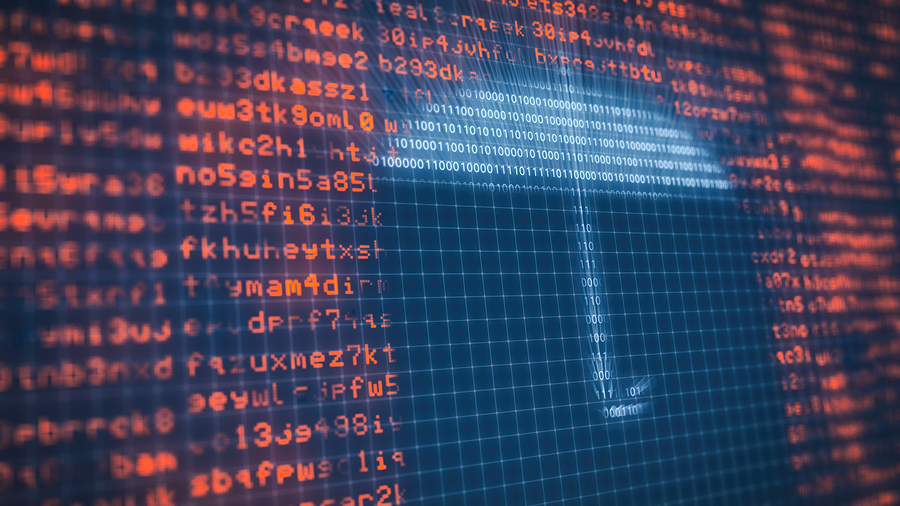The Vital Nature of Information Devastation in Upholding Computer Safety Providers and Protecting Versus Unauthorized Access
In an era where data breaches and identity theft are significantly prevalent, the relevance of efficient information devastation can not be overemphasized. Organizations must recognize that the failing to properly get rid of sensitive information postures not only lawful and financial dangers yet also a potential disintegration of customer count on. Various methods, from information cleaning to physical destruction, function as crucial safeguards against unapproved gain access to. Understanding the effects of data devastation methods and compliance with guidelines increases crucial concerns concerning the competence of present techniques and their lasting practicality in the face of developing threats.
Importance of Data Damage
In a progressively digital globe, the significance of information devastation can not be overemphasized. As companies accumulate huge quantities of delicate details, the potential repercussions of falling short to properly dispose and handle of that information come to be increasingly severe. Data violations, identification burglary, and company reconnaissance present substantial threats, underscoring the necessity of reliable data destruction practices.
Furthermore, as modern technology progresses, so too do the approaches whereby destructive actors look for to manipulate sensitive info. Organizations needs to stay positive and watchful in their information damage approaches to protect versus these advancing risks. By focusing on information destruction, companies not just secure their assets however additionally foster count on amongst stakeholders and clients, showing a commitment to accountable information administration and safety and security techniques.
Techniques of Effective Information Damage
To make certain the full and irreversible destruction of sensitive data, organizations can utilize a range of reliable approaches customized to their specific needs. One of the most common techniques is information cleaning, which involves utilizing specialized software to overwrite existing information numerous times, making healing essentially difficult. This is specifically valuable for solid-state drives and tough drives, where traditional removal approaches are poor.
An additional efficient method is degaussing, which uses solid electromagnetic fields to disrupt the magnetic domains on storage space media, providing the information irretrievable. This technique is particularly fit for magnetic storage devices, such as disk drive and tough disks.
Physical damage is likewise a sensible choice, entailing the shredding, crushing, or incineration of storage devices. This method guarantees that information can not be recuperated, making it suitable for organizations dealing with highly delicate info.

Conformity With Data Defense Laws
Organizations have to not just concentrate on efficient data damage methods yet additionally make sure conformity with information defense laws that control exactly how sensitive details is dealt with and taken care of. Complying with these regulations is necessary for keeping and safeguarding personal data customer trust fund. Rules such as the General Information Defense Regulation (GDPR) in the European Union and the Health Insurance Coverage Transportability and Liability Act (HIPAA) in the USA impose stringent standards on data administration, which consist of requirements for the secure click over here now disposal of sensitive information.
To attain conformity, organizations need to apply comprehensive data damage policies that line up with these legal structures. This consists of determining data that calls for devastation, developing procedures for safe methodsâEUR" such as shredding physical media or using software application that fulfills market requirements for data wipingâEUR" and maintaining detailed documents of destruction activities. Normal audits must be conducted to ensure adherence to these plans and to determine any potential locations for enhancement.
Failure to follow information protection regulations can bring about considerable legal implications, including hefty penalties and damage to a company's credibility. Integrating conformity right into data devastation methods is not just a legal commitment but additionally an essential component of a durable information safety strategy.
Repercussions of Poor Information Handling
Poor data handling can cause extreme consequences that prolong past immediate operational obstacles. Organizations might face considerable economic losses due to data violations, which frequently cause costly remediation initiatives, legal fees, and regulative penalties. These economic implications more can prevent and stress resources growth, ultimately influencing an organization's bottom line.
Additionally, inadequate data handling can significantly harm a company's online reputation. Customers, stakeholders, and partners might lose count on an entity that stops working to secure delicate details, resulting in lowered consumer loyalty and prospective loss of company chances. This disintegration of depend on can take years to reconstruct, if it can be brought back in any way.
In addition, companies might encounter lawful implications emerging from non-compliance with information security policies. Such violations might lead to investigations and penalties, intensifying the financial concern and further staining the company's photo.
In the realm of cybersecurity, poor information monitoring methods can create susceptabilities that make systems a lot more vulnerable to Click Here unauthorized accessibility and cyberattacks. Inevitably, these repercussions underscore the critical importance of applying robust data taking care of treatments to protect delicate information and keep organizational honesty.
Finest Practices for Secure Data Disposal


Firstly, data need to be categorized according to its level of sensitivity. Sensitive details requires more rigorous disposal techniques, such as shredding physical records and making use of advanced software for digital information cleaning. Using qualified data damage solutions guarantees compliance with market regulations and criteria.
Secondly, companies must execute an information disposal plan that mandates normal audits. This plan must detail the treatments for information retention and damage, making certain that out-of-date information is gotten rid of without delay and firmly. Training staff members on these procedures is vital to promoting a culture of safety and security understanding.
Finally, maintaining detailed documents of disposed information improves responsibility and supplies a clear audit trail. This documents needs to consist of the kind of data ruined, the technique utilized, and the date of disposal.
Verdict
To conclude, the imperative of effective data devastation appears in its role in improving computer protection solutions and reducing unauthorized gain access to risks. Taking on robust approaches such as information wiping, degaussing, and physical devastation, together with conformity with guidelines like GDPR and HIPAA, is vital for safeguarding delicate information. Ignoring proper information disposal practices can lead to extreme consequences, consisting of data breaches and lawful repercussions. Applying best techniques in secure information disposal ultimately strengthens organizational stability and customer trust.
In an age where information violations and identity burglary are significantly common, the importance of efficient information devastation can not be overemphasized. data destruction. Information violations, identification theft, and company espionage pose substantial risks, underscoring the need of efficient information destruction practices
Compliance with guidelines such as GDPR and HIPAA requireds that companies apply stringent data protection actions, including the protected destruction of data at the end of its lifecycle.
By prioritizing data destruction, firms not only secure their assets however also foster depend on amongst stakeholders and clients, showing a dedication to accountable data management and security practices.
Organizations must not only concentrate on effective data damage techniques however likewise ensure compliance with data defense regulations that control just how sensitive details is managed and disposed of.
Comments on “Finest Practices for Data Destruction to Fortify Your Cyber Security Framework”